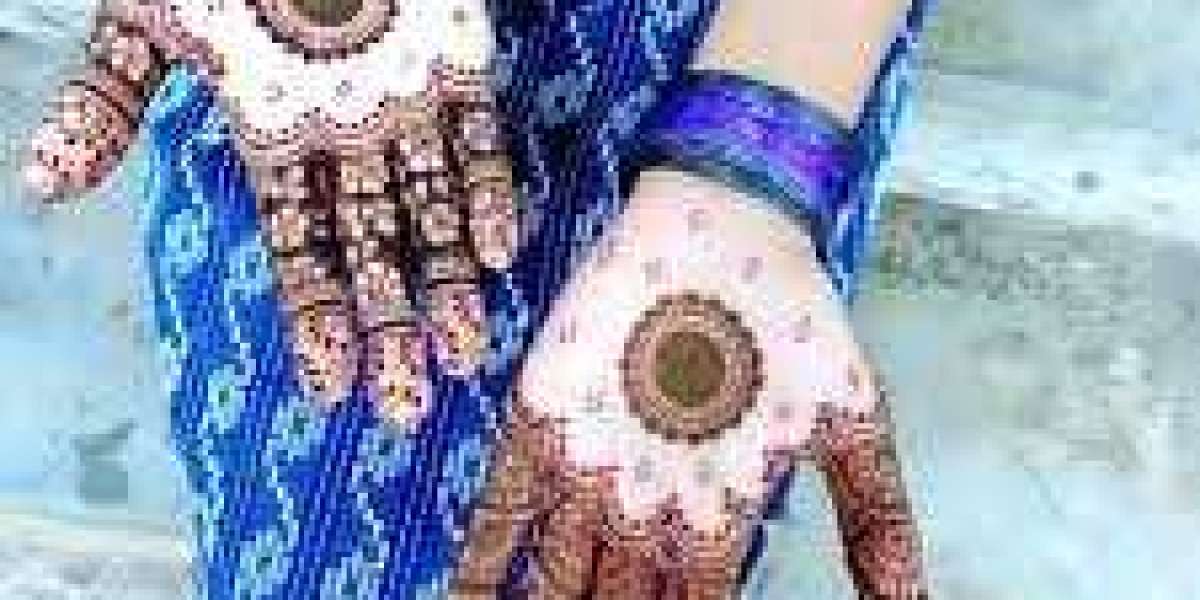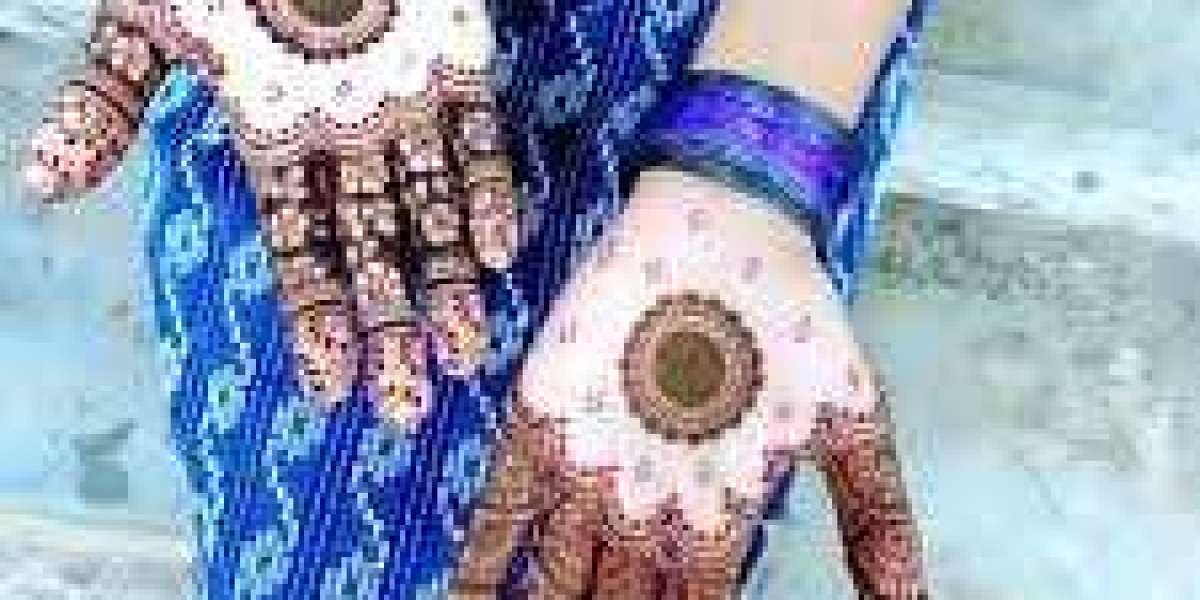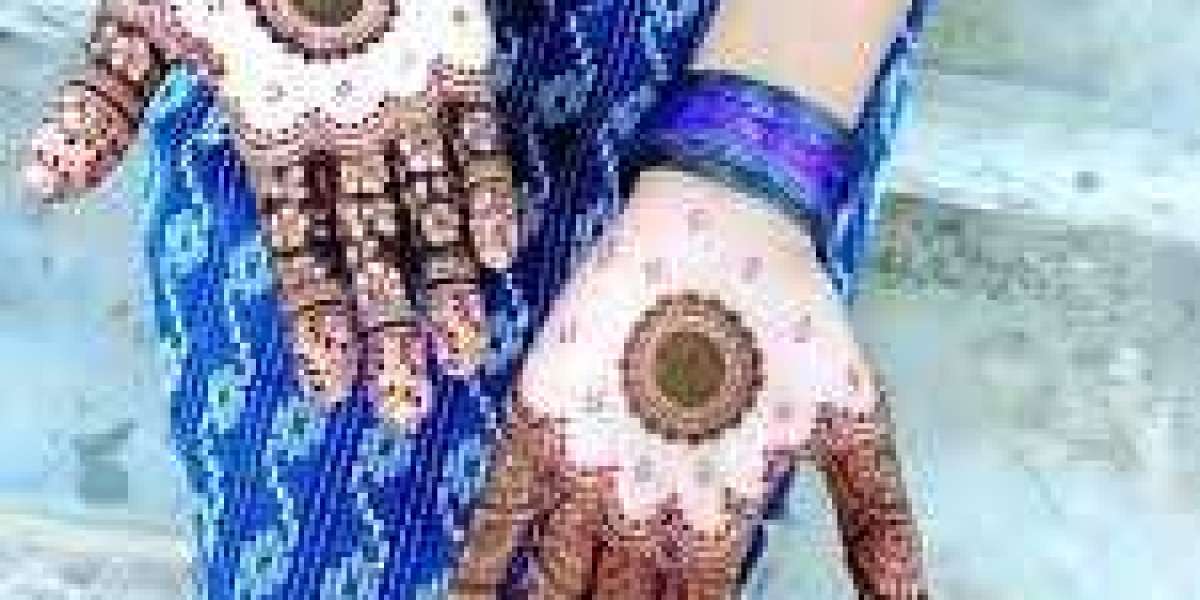Mehndi, also known as henna, has been a significant part of cultural celebrations in various regions of the world, particularly in South Asia, the Middle East, and parts of North Africa. This ancient art form has evolved over centuries, becoming not just a beauty treatment but a meaningful tradition that signifies joy, prosperity, and good fortune. Today, Mehndi is an essential element in weddings, festivals, and special occasions, with intricate designs and vibrant colors that captivate everyone who sees them.
The history of Mehndi dates back thousands of years. Originally, it was used as a form of body art to cool the skin, and it became popular in ancient Egypt. Cleopatra is believed to have adorned herself with henna as part of her beauty rituals. In South Asia, Mehndi gained prominence during the Mughal era, where it was embraced not only for its decorative value but also for its therapeutic properties. It was said to have cooling effects on the body and was used to bring relief to women during the hot summer months.
In the present day, Mehndi is most commonly associated with weddings. In many cultures, especially in Indian, Pakistani, and Arab weddings, the Mehndi ceremony is a vital pre-wedding ritual. The bride, along with her friends and family, gathers to celebrate with songs, dances, and the application of Mehndi on the bride's hands and feet. These intricate designs, which can range from simple geometric patterns to elaborate floral and paisley motifs, are meant to enhance the bride’s beauty and are considered a symbol of happiness and prosperity in her new journey.
The art of Mehndi itself is both a tradition and a form of self-expression. Artists who specialize in Mehndi use a paste made from dried henna leaves mixed with water, lemon, and essential oils. This paste is applied to the skin using a fine cone, creating detailed patterns that are both temporary and stunning. As the paste dries, it leaves an orange-brown stain on the skin, which darkens over the next 24 to 48 hours, giving the final design its rich, deep color.
Beyond weddings, Mehndi is also a part of other cultural celebrations such as Eid, Diwali, and Karva Chauth. For many, Mehndi is a symbol of beauty and festivity, adding an artistic touch to the celebrations. In some cultures, the depth of the Mehndi stain is believed to symbolize the strength of the bride’s marriage. The darker the stain, the stronger the love and affection between the couple.
The beauty of Mehndi also lies in its versatility. While traditional designs remain popular, modern Mehndi artists are now incorporating a wide range of styles, including fusion art that combines cultural elements and contemporary flair. From bold floral designs to abstract patterns and even personalized symbols, Mehndi continues to evolve, becoming a canvas for creativity and a timeless tradition that holds a special place in hearts around the world.
In conclusion, Mehndi is not just a decorative art form but a rich cultural tradition that brings people together to celebrate joy, beauty, and love. Whether it’s for a wedding, a festival, or simply to mark a special occasion, Mehndi holds deep meaning and is an art form that transcends generations. The practice is a wonderful blend of culture, tradition, and creativity, making it an enduring symbol of happiness and celebration.
source url :- click here










